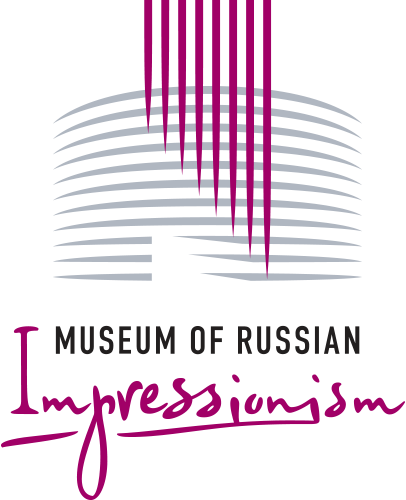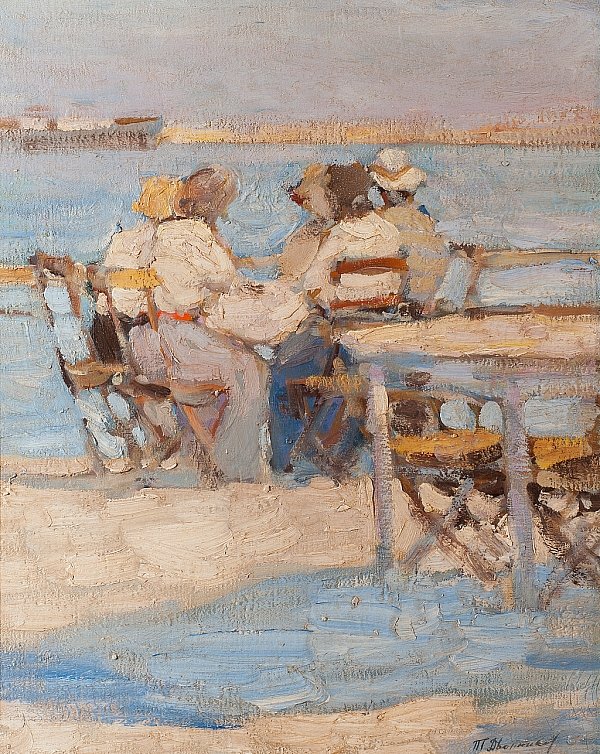Tit Dvornikov
25.02.1862 - 28.10.1922
In his childhood, Tit Dvornikov helped his father, a former public peasant, at his job baking and selling bread. The family lived in a small village in the Kursk district, and Dvornikov began taking his first lessons in painting at the Kharkov School of Drawing, before he finished his training in Odessa, in the class of the painter Kiriak Kostandi of the Peredvizhniki (Wanderers) movement. He was called a “Child of Nature”, and he was naturally gifted and self-taught. Dvornikov did not graduate from the Academy of Art, but only sat in on courses there. Nevertheless, he was officially given the right to teach drawing, drafting and calligraphy. He made a living as a teacher in a middle school, devoting all his free time to painting. Dvornikov was one of the first to join the Society of Southern Russian Artists and never missed a single one of their exhibitions. He liked to make sketches, but most of all he loved landscapes. For the last ten years of his life, Dvornikov taught at Odessa School of Art. “He walks around, observing all the time, and this wandering makes him happy. Very seldom does he paint anything and he himself laughs at the fleeting strokes of the paint-brush.” That was how Alexander Fedorov described the landscape artist Nil Plotnikov in his novel “Nature”. It is thought that the prototype of this character was Tit Dvornikov - at that time Dvornikov was often a guest of Fedorov’s at his dacha near Odessa. The similarity of the literary character to the artist is very apparent—“he showed up practically barefoot from a village to study painting”. The same could be said of Dvornikov: his friends jokingly called the artist a “force of nature”.




